Blokhovka, pomander and other mysterious accessories of the past
Categories: Fashion | History | Nations
By Pictolic https://pictolic.com/article/blokhovka-pomander-and-other-mysterious-accessories-of-the-past.htmlFrom time immemorial, people have strived to be more beautiful... The ancient Egyptians were the first to apply makeup, the ancient Romans learned to dye fabrics to make clothes more varied. More recently, our ancestors blushed their cheeks with beets and filled their eyebrows with charcoal. And they all made sure to use accessories, be it bracelets, rings, tiaras or simple brooches and hairpins.
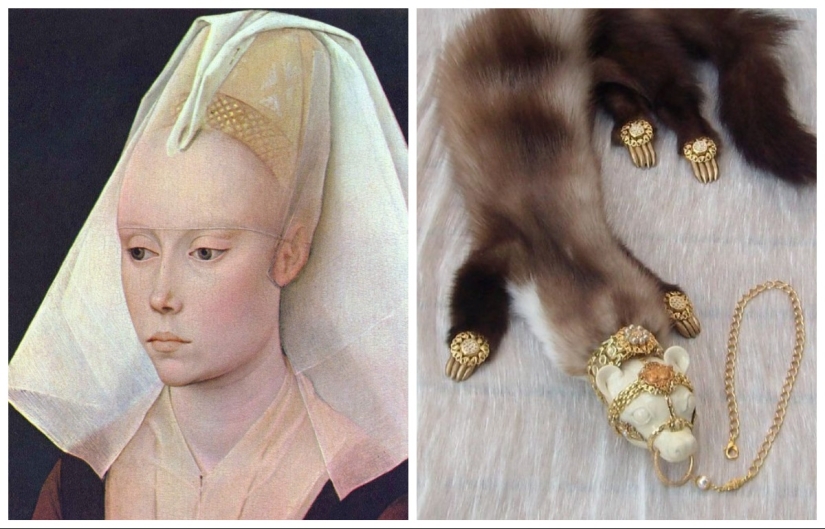
Most of these decorations are familiar and understandable to us, since centuries later, in a modified form, they have reached our time. But there are some accessories that are forever in the past, so one can only guess about their purpose. Here are some of them.
This item served not only as decoration, but also had a very specific function. Since the end of the Bronze Age, brooches have been widely used by both men and women instead of buttons. These devices were attached to the edges of clothing and helped to hold them together.
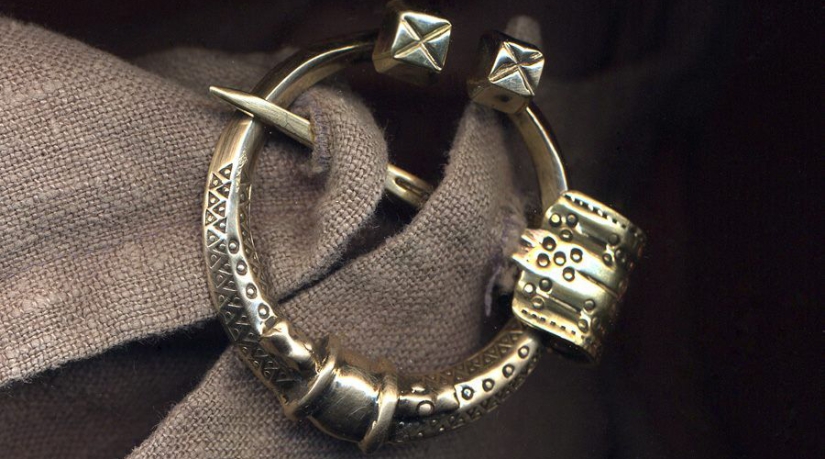
Brooches came in different shapes and sizes. Quite often they were a kind of “identification mark” for representatives of different professions and families. In the Middle Ages, brooches gradually began to replace the buttons we were used to. Over time, this accessory gradually began to be used as a brooch, and then generally evolved into the well-known safety pin.
This accessory, once popular among aristocrats, was the skin of a fur-bearing animal, decorated with an artificial head and paws made of gold. Additional decorations included precious stones, such as rubies and diamonds. They wore the flea on the shoulder or on the belt, solely for the purpose of demonstrating the luxurious image of its owner. Although they died out in fashion at the beginning of the 17th century, interest in them was revived in the 19th century, albeit in a modified form.
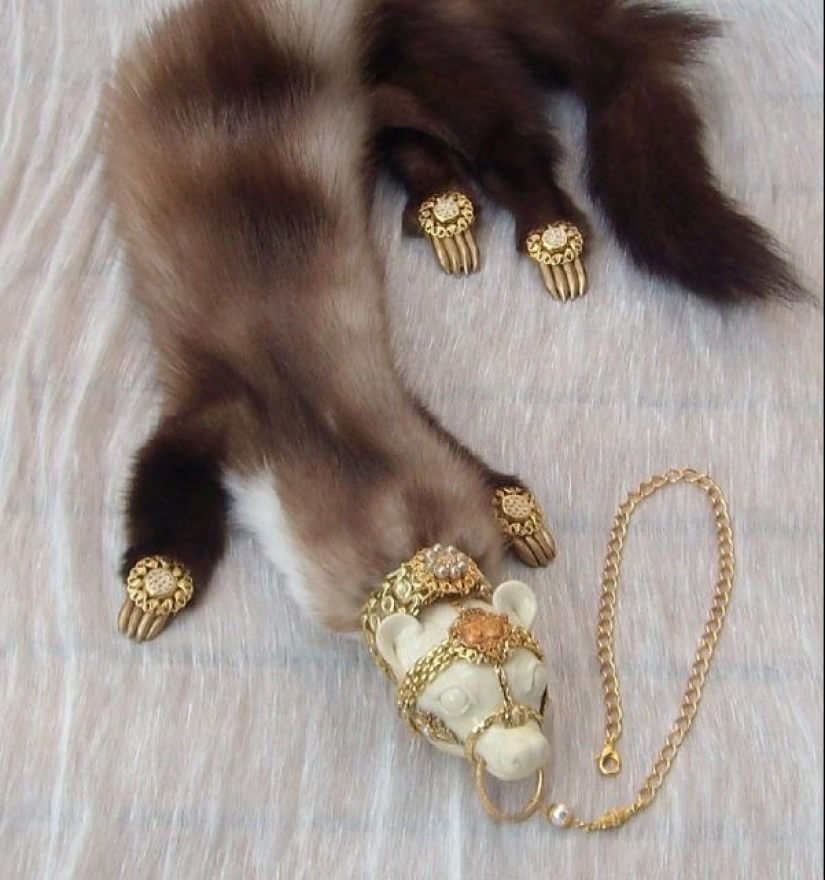
The term "flea trap" appeared only in 1894, thanks to the Austrian officer W. Beheim, who suggested that these fur accessories were used to attract fleas from the body of their owners. But this version has not been confirmed. Some animals, such as martens, were associated in medieval beliefs with the symbol of the virgin birth, which made these jewelry talismans for women who wanted to become mothers.
Chatelaines, accessories known since the Middle Ages, reached the peak of popularity in the 19th and early 20th centuries, performing not only a practical, but also an aesthetic function. Initially, the chatelaine was a belt in the form of a chain with additional clips, but which were used to attach various necessary little things: keys, seals, scissors and even a wallet.
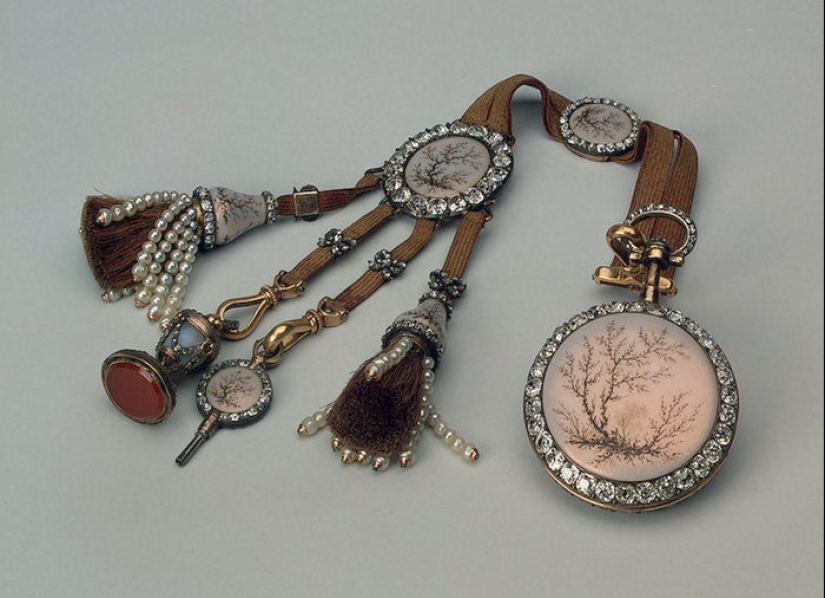
Some chatelaines were made of gold and inlaid with precious stones. Such accessories were worn by both men and women. Men typically used them for pocket watches, while women used them for perfume bottles, sewing supplies, and small wallets. For a lady, the chatelaine symbolized the status and power of the mistress of the house, who possesses all the keys to valuables. In Victorian England, chatelaines were transformed into skirt holders, allowing the skirt to be elegantly held at the desired height, which was especially popular in the 1870s–1890s.
The Gimmel ring is a type of puzzle ring that was popular in the early 15th century. Typically, they were used at weddings and engagements: one ring was worn by the groom, the other by the bride. In rare cases, there was a third ring that was given to the witness.
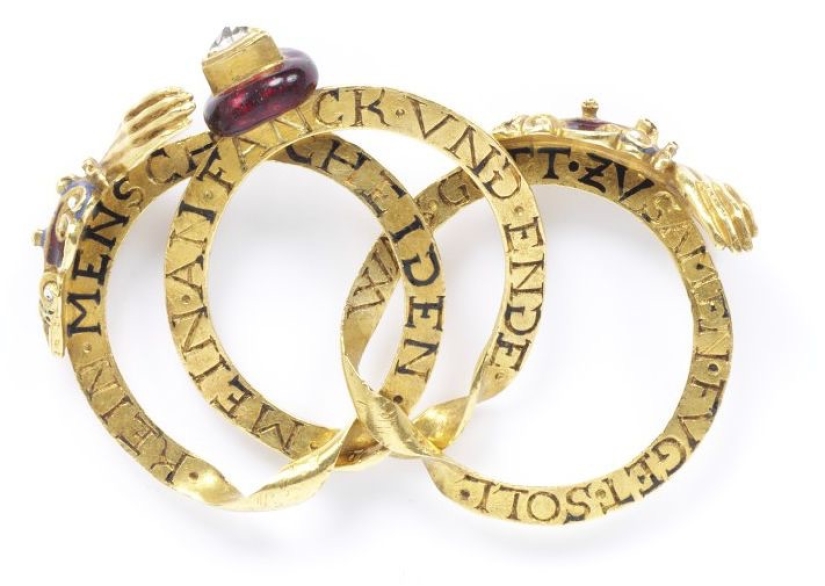
The peculiarity of such rings was that they could be connected into one whole. If the rings folded to form a handshake, they were a type of Fede ring, a symbol of friendship.
An eye portrait or, as it is called, a “portrait of a loved one” is perhaps one of the most romantic pieces of jewelry that has ever existed. It owes its popularity to the English king George IV. One day, the monarch fell so in love with the widow Maria Fitzherbert that he decided to give her an extravagant gift... As a sign of attention, he sent the lady a small portrait depicting his eye.
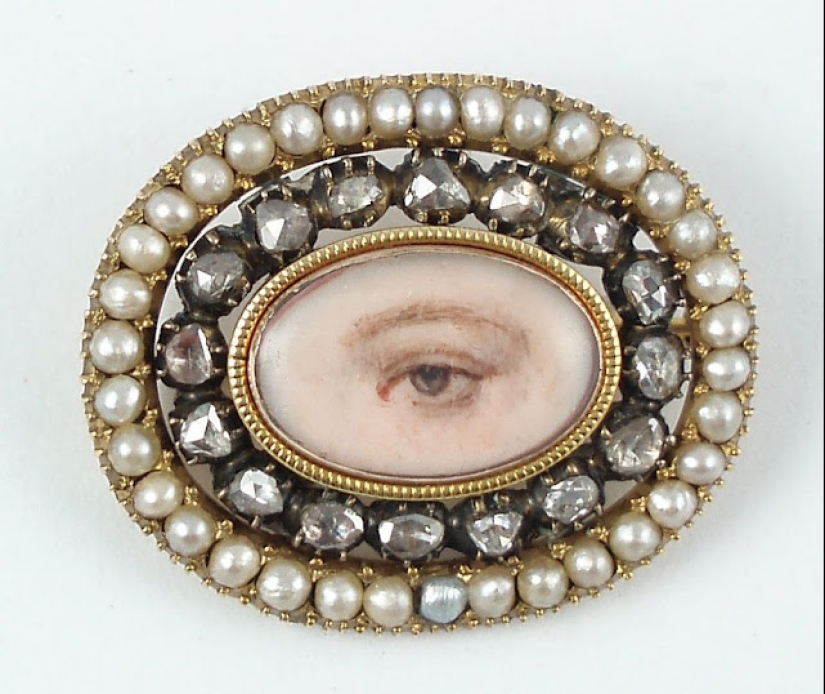
Thus, the king “killed” two birds with one stone: he demonstrated his love to the widow and at the same time remained anonymous, since relationships with women who had already been married were not welcomed then.
"Pomander" is translated from French as "fragrant apple." And this name literally conveys the essence of the once popular accessory. This is a kind of metal round container (less often in the shape of a skull), which was filled with various herbs and incense.
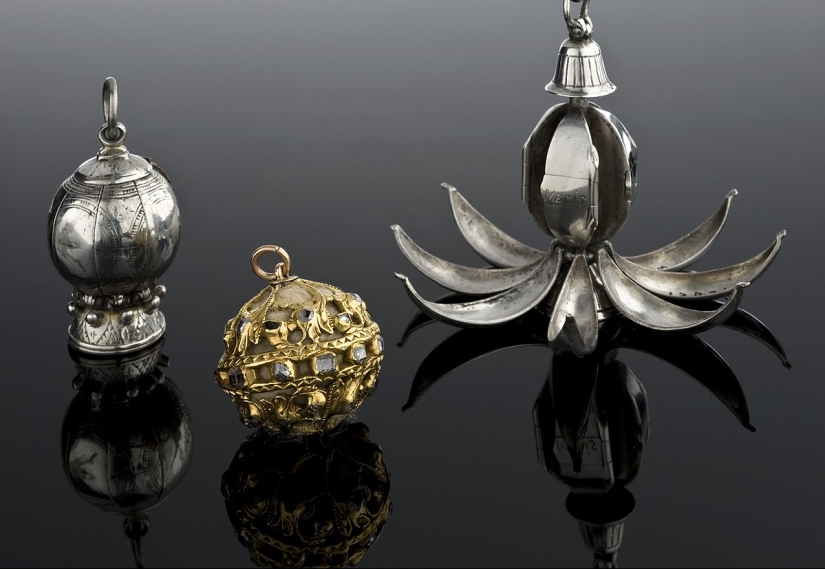
Such jewelry was worn over clothing and served to mask an unpleasant odor. In addition, it was believed that the aromatic substances inside pomanders could protect humans from infectious diseases.
The Atur or Ennen is an elaborate headdress worn by women during the Middle Ages. You could often see him in old portraits. This is a cone-shaped “cap” of impressive length, covered with silk or other expensive fabric.
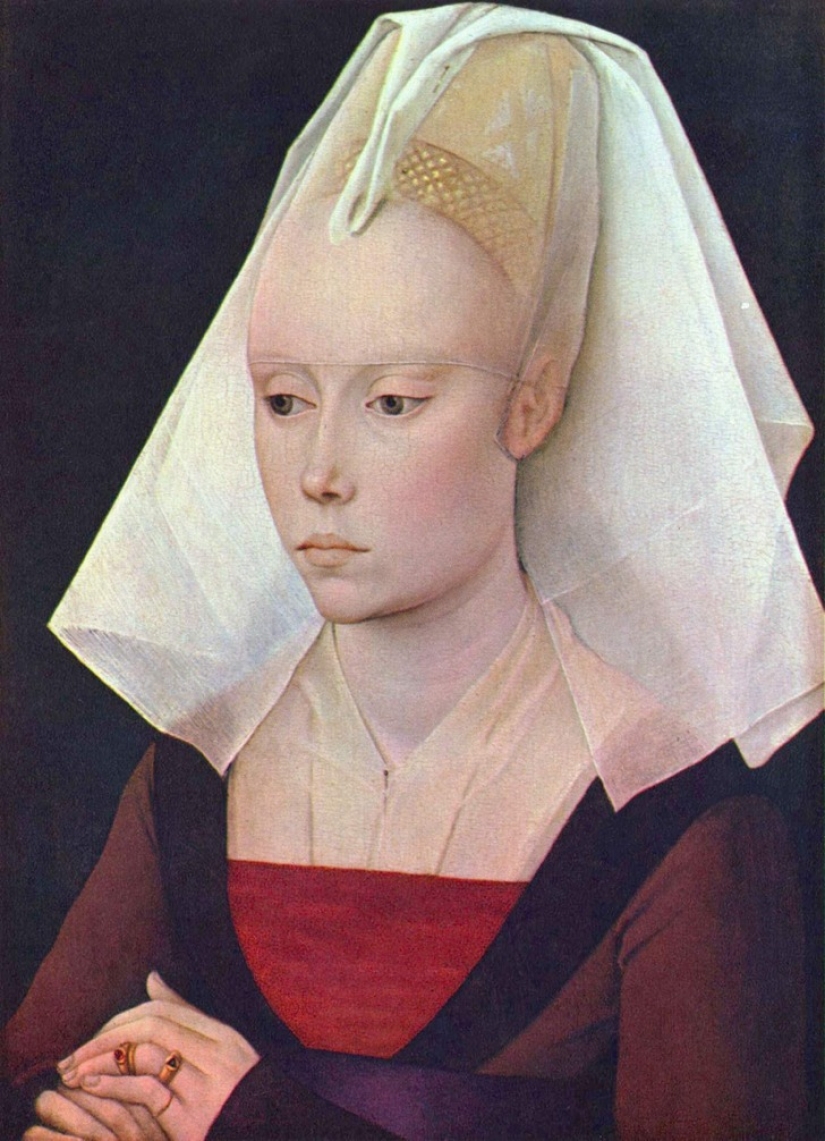
Atur was made from hard paper or durable starched flax. The cone "cap" was usually made of whalebone or metal. This headdress had no practical value, however, the nobility loved it very much. With the help of the atura, they emphasized their status, so it was believed that the higher it is, the more important the person wears it. For example, court ladies could have auras of 50 cm, and princesses could have 1 meter and above.
Even 200 years ago, every lady of high society had this unusual accessory. The portbouquet was a small case for flowers, which was carried in the hands or attached to the dress.

It is believed that the first port-bouquets appeared under Louis XIV. Then the outfits began to be decorated not only with gold and jewelry, but also with fresh flowers. And so that these flowers did not wither, they had to be kept in water. This is how small containers for liquid appeared in which a bouquet could be placed.
You could also see this decoration in ancient portraits. An elaborate collar made of lace or ruffled fabric appeared in the wardrobe of fashionable nobility in the early 16th century. At first it was open at the front and, in general, not very wide. But over time, the gorgera has transformed from a modest, elegant piece of jewelry into a fancy accessory that covers the entire neck.
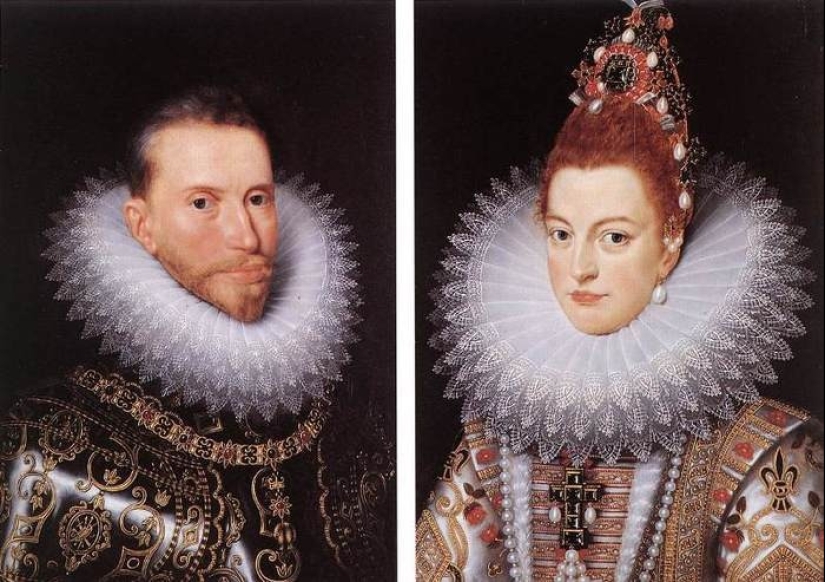
By the middle of the 17th century, gorgers gave way to the turn-down collars we are accustomed to. But, interestingly, this accessory still played a role in history - it gave impetus to the spread of cutlery, because it was simply impossible to eat without them in such a collar.
Another wonder of those times, raising many questions. A-la Belle Poule is a high women's hairstyle that literally represents a ship in the hair. The famous fashionable queen Marie Antoinette came up with the hairstyle together with her court hairdresser, and named it after the frigate Belle Poule.
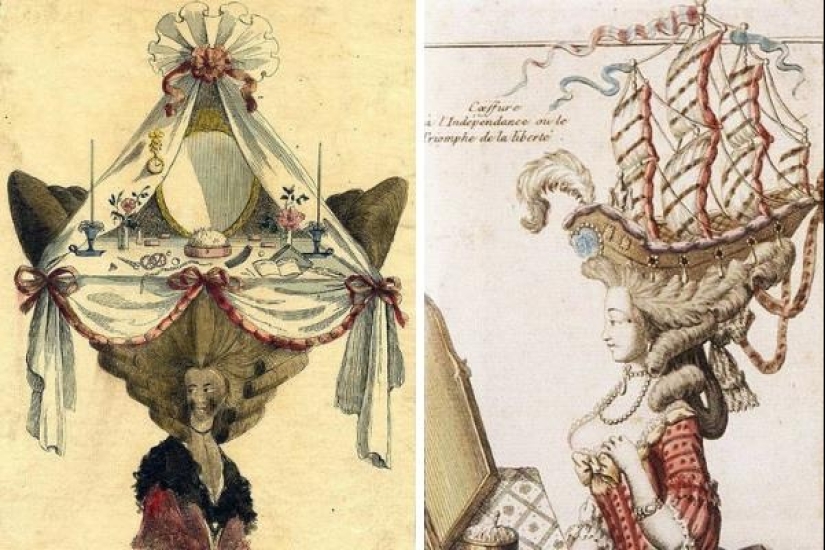
Although this is not exactly an accessory, it’s quite difficult to call it just a hairstyle. The fact is that not every lady had enough hair to make a frigate out of it on her head. Therefore, to construct such complex figures, various available materials were used: wire, wool rollers, tulle, false hair, and so on. “Ships” were not always ships: sometimes on the heads of fashionistas of those times one could see “vases with flowers”, “windmills”, “bird cages” and everything that was enough for imagination.
Recent articles

Yuuki Morita is a promising young sculptor and artist from Japan. The source of inspiration for him was nature, its diversity and ...

What kind of wedding traditions do not happen! The Scots pour dirty slush over the bride, some peoples of India have decided to get ...

Gloria Ramirez can be considered a very ordinary American. Her life was quite happy and unremarkable. Everything changed when she ...